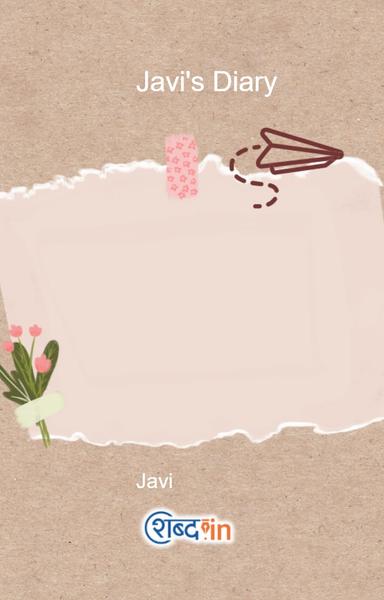Kiran sat on the porch, sipping her morning tea,
her thoughts drifting to her children. Her son, Ritik, buried in his smartphone
most of the time, seemed to inhabit a world she struggled to understand. Javi,
her daughter, immersed in her studies and social media, appeared to live in a
different universe altogether. Despite her efforts to connect, there always
seemed to be a gulf between them, a gap she longed to bridge.
Across town, Vijay shared similar sentiments as he
glanced at the family photos adorning the living room wall. His children were
growing up in a world vastly different from his upbringing. The rapid pace of
technological advancement and shifting societal norms seemed to widen the chasm
between them with each passing day. He sighed, wondering how to forge a deeper
connection with Ritik and Javi.
As Kiran and Vijay reflected on their experiences,
they were not alone in their struggle. Across the globe, parents and children
grappled with the challenge of understanding each other amidst the
ever-changing landscape of modern life. The generation gap, a timeless
phenomenon, manifested itself in myriad ways, driven by societal,
technological, and cultural shifts.
Causes of the Gap
To understand the generation gap, one must first
delve into its origins. History provides valuable insights into the forces that
shape each generation's worldview. The post-war era witnessed unprecedented
technological advancements, altering the fabric of society and redefining
familial dynamics. As the world transitioned from analog to digital, from
traditional to modern, parents and children found themselves navigating
uncharted territory.
Advancements in technology once hailed as
harbingers of progress, introduced new challenges to intergenerational
communication. The rise of the internet, social media, and smartphones
revolutionized the way people connect and interact, often at the expense of
face-to-face communication. While parents reminisced about simpler times, their
children embraced the digital age with fervor, immersing themselves in virtual
realms that seemed alien to their elders.
Furthermore, global events and cultural shifts
played a pivotal role in shaping generational attitudes and values. Wars,
economic recessions, and social movements left indelible marks on each
generation, influencing their perceptions of the world and their place within
it. As societal norms evolved, so too did the expectations placed upon parents
and children, leading to conflicts rooted in divergent belief systems and
priorities.
Understanding Each Other
Despite the challenges posed by the generation gap,
there exists a glimmer of hope for reconciliation. At its core, bridging the
gulf between parents and children requires empathy, patience, and a willingness
to understand each other's perspectives. Active listening, an often-overlooked
skill, forms the foundation of meaningful communication, enabling parents and
children to truly hear and validate each other's experiences.
Open-mindedness is equally essential in fostering
mutual understanding and respect. Rather than viewing generational differences
as barriers, parents and children can embrace diversity of thought, recognizing
the richness that comes from varied perspectives. By engaging in honest
conversations and cultivating empathy, they can forge deeper connections rooted
in shared values and experiences.
Building Stronger Relationships
As Kiran and Vijay contemplated the path forward,
they resolved to embark on a journey of connection and growth with their
children. Armed with newfound understanding, they sought to navigate the
challenges of parenting in the digital age with grace and compassion. Together
with Ritik and Javi, they pledged to explore shared interests, communicate
openly, and celebrate their unique identities.
In
the chapters to come, we will delve deeper into practical strategies for bridging
the generation gap and building stronger relationships between parents and
children. From navigating conflicts over technology usage to fostering a sense
of belonging in an ever-changing world, we will explore the tools and
techniques necessary to cultivate meaningful connections that withstand the
test of time.


